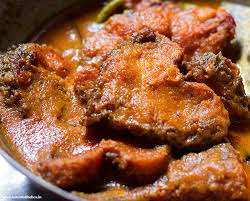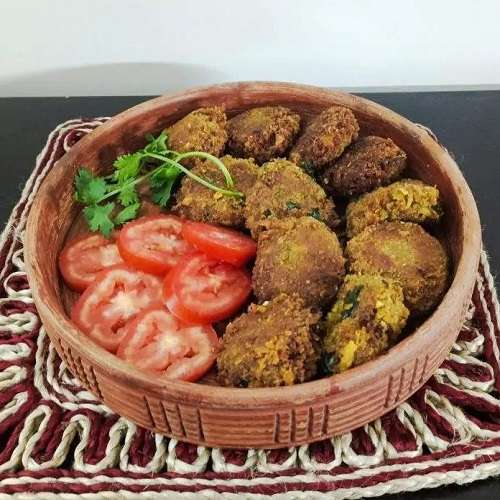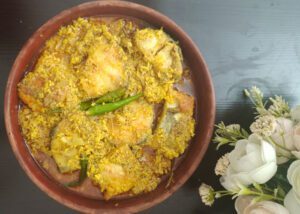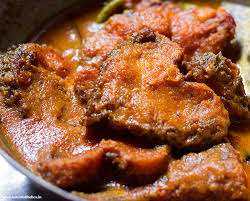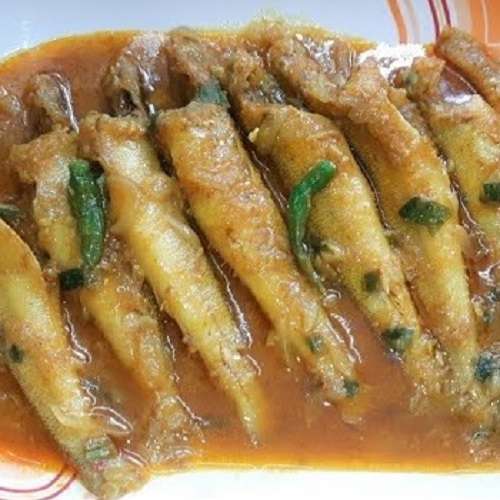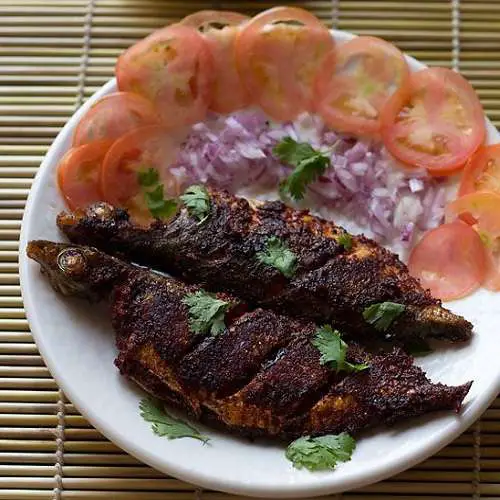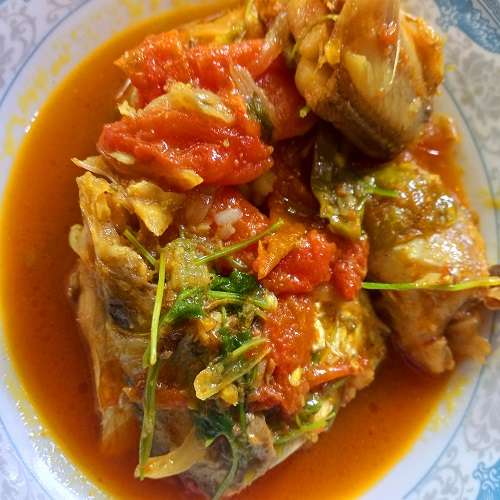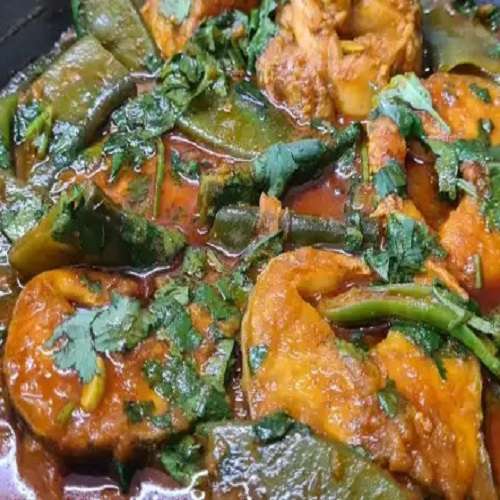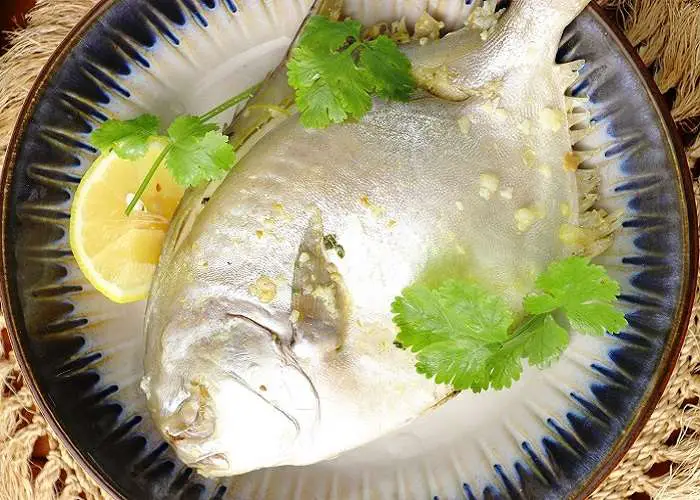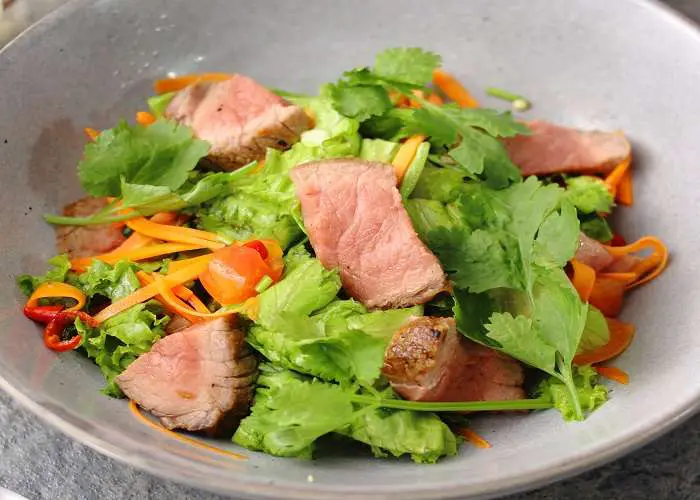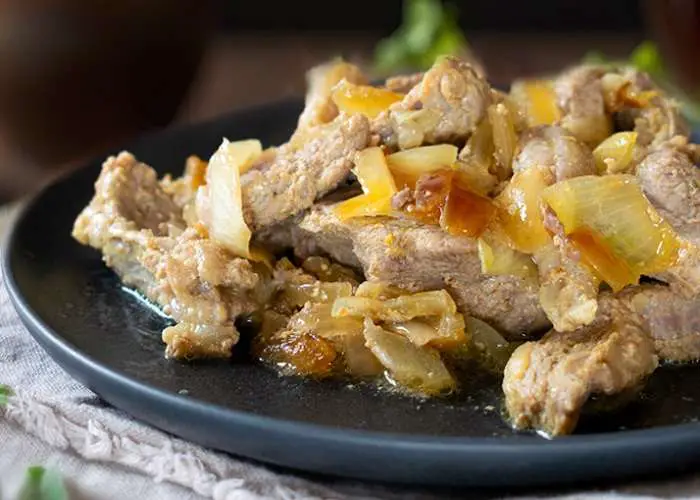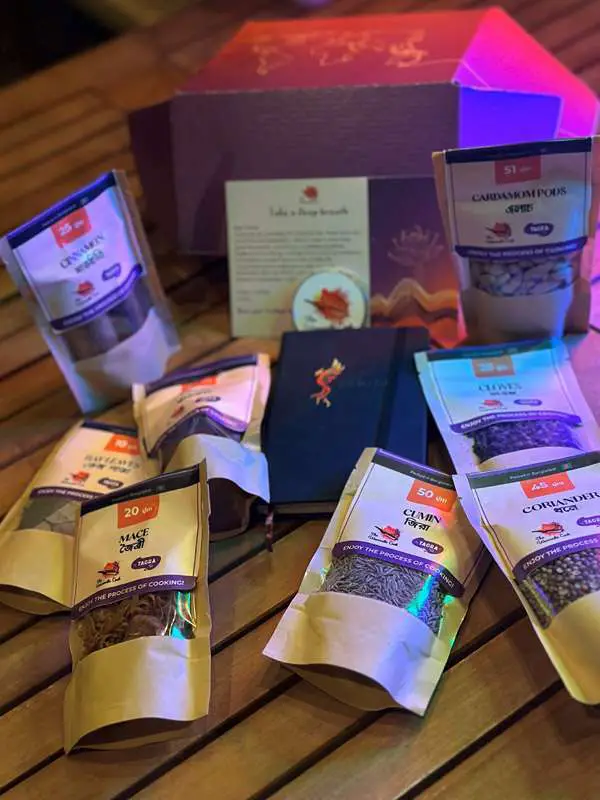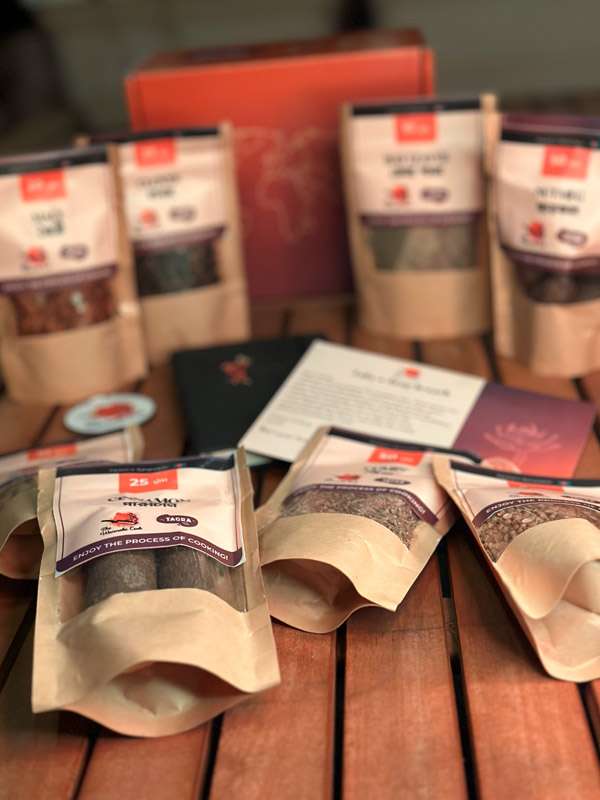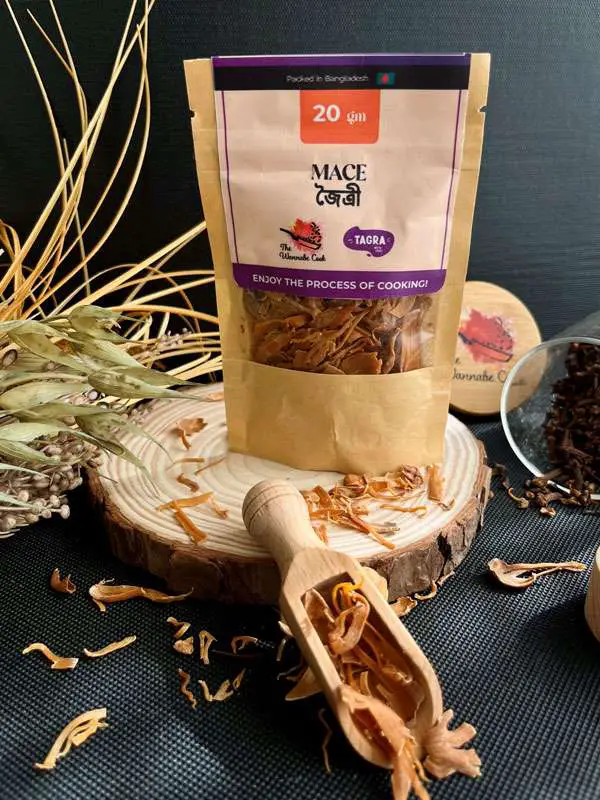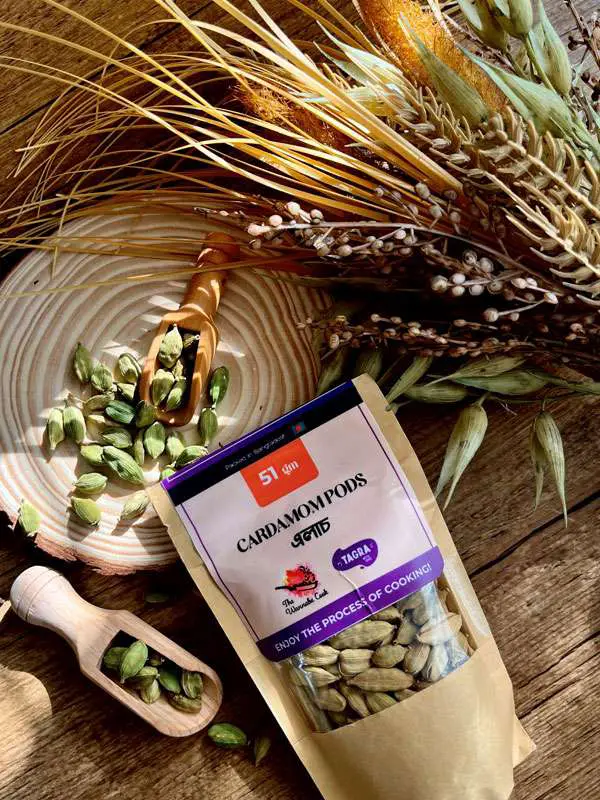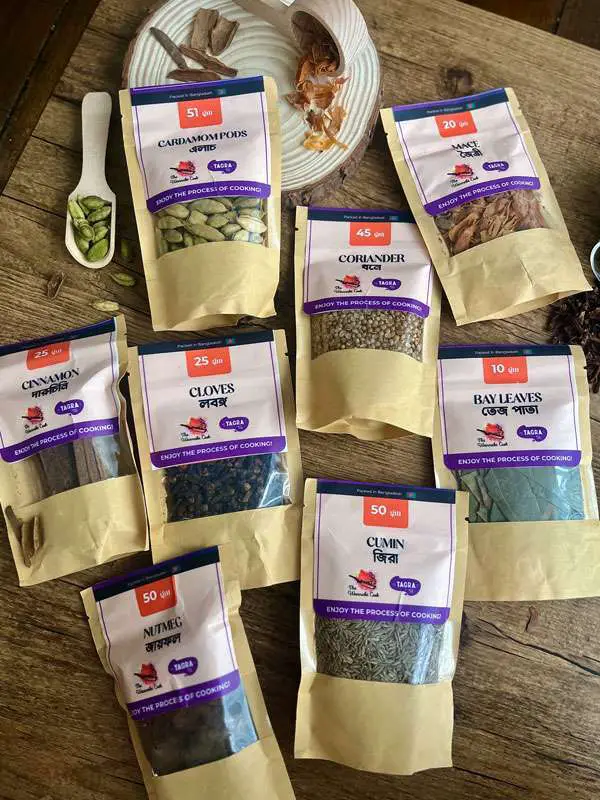Carp Fish in Bengali Cuisine: Common Carp, Grass Carp, and Silver Carp
Carp species are among the most widely farmed and consumed fish across the globe, and Bangladesh is no exception. The country has several varieties of carp. Among them Common Carp, Grass Carp, and Silver Carp are the most common ones. For decades, these fish have been an essential source of nutrition for the Bangladeshi people.
Carp is affordable and available and that’s why it is usually among those fish that are cooked quite often in bengali houses. In Bengali households, carp is one of the regular fish. From a simple “macher jhol” with vegetables to more grander delicacies like fish kofta, fish cutlets, or even rich, slow-cooked fish kalia, Katla mach is good for it all. The mild sweetness of carp made it perfect for all these versatile dishes.
Even now, living in Finland, carp is one of the easily available fishes that are easy to cook and clean and sort of one of my go to fishes whenever I am craving some deshi fish curry. Cooking carp is so easy, I don’t need some fancy ingredients or hours of prepping to do. Whatever is readily available at home I can use, to create a nice and wholesome fish dish that reminds me of home.
Identifying the Different Type of Carp Fishes
Despite being quite similar in appearance, there are some major differences that will help you identify different types of carp. One of the most telling identifiers would be the differences in the length of the dorsal fin. For example, the grass carp has a significantly shorter fin than the common carp. There are other, more subtle differences, such as the presence or absence of barbels around the mouth, scale color etc. Let’s see how we can identify the three most common carps of Bangladesh:
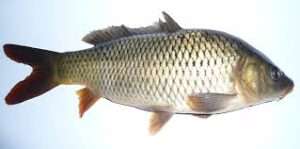
Common Carp (Cyprinus carpio): The body of the common carp can be gray, silver, or bronze, with a belly that’s yellowish or reddish. Its whole body is covered in scales, and it has a pair of small, whisker-like barbels next to its lips. The head is shaped like a trapezoid, with a short, blunt snout and a large nose plate. The carp has one long dorsal fin with 2–3 hard rays and 17–22 softer ones. The largest hard ray is sharp and has a jagged edge on the back side.
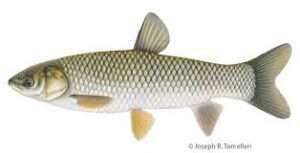
Grass Carp (Ctenopharyngodon idella): Grass carp is a large fish in the minnow family. Its body is slightly flattened from the sides, and its wide head has a mouth at the front. Its small eyes sit low on the head, and it doesn’t have barbels. The top of the fish is olive-brown, its sides are silver, and its belly is white. The scales are big with dark edges. The dorsal fin starts in front of the pelvic fin, and it has a short tail base (called the caudal peduncle). Grass carp has a shorter dorsal fin (7–8 rays) compared to goldfish and common carp, and it also has fewer anal rays (9 or less) and larger but fewer scales than bighead and silver carps.
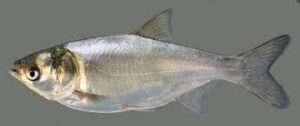
Silver Carp (Hypophthalmichthys molitrix): The silver carp is a fish with a narrow, deep body. It has a toothless mouth, a lower jaw that points upward, and no barbels. Its body is covered in small silver scales, except for its head, and its eyes are positioned toward the front. Silver carp can grow up to 3 feet long and weigh around 20 pounds. As it gets older, its body stays silvery, with a greenish back and a silver belly. The small scales look similar to those of a trout.
Nutrient Profile of Carp Per 100 g
Carp varieties are excellent sources of high-quality, lean protein with a moderate fat content and essential minerals that contribute to a balanced diet. Recent studies on freshwater fish species provide insight into the nutritional benefits of carp. While the exact values may vary based on farming practices, season, and preparation methods, here are the approximate nutrient values per 100 g for these carp varieties:
Common Carp
- Calcium: 37.3 mg
- Iron: 0.673 mg
- Protein: 18 %
- Omega 3: 0.368 g
- Selenium: 3.18 μg
- VitaminA: 11.3 μg
- Zinc: 0.869 mg
Grass Carp
- Calcium: 23.6 mg
- Iron: 0.812 mg
- Protein: 17.3 %
- Omega 3: 0.296 g
- Selenium: 34.8 μg
- VitaminA: 15.6 μg
- Zinc: 0.493 mg
Silver Carp
- Calcium: 37.9 mg
- Iron: 1.37 mg
- Protein: 17.3%
- Omega 3: 0.306 g
- Selenium: 30.1 μg
- VitaminA: 8.45 μg
- Zinc: 0.445 mg
Health Benefits of Eating Carp Fish
- Rich Nutrient Profile: Carp is a freshwater fish packed with essential fatty acids, quality protein, minerals, and vitamins A, E, and D.
- Calorie and Protein Content: A 100 g serving has 127 calories and 17.8 g of protein, containing all essential amino acids in proper balance.
- Lean Meat & PUFA Source: Its lean meat provides polyunsaturated fatty acids (PUFA), including omega-3s, which help with brain health, asthma, and reducing inflammation.
- Low Mercury Levels: Carp has only 0.110 ppm of mercury, making it a safe option for 2–3 servings (8–12 ounces) per week as per US FDA guidelines.
- Omega-3 Fatty Acids: Omega-3s improve nervous system development in children, heart health, and reduce risks like high blood pressure or arrhythmias.
- High Vitamin D Content: A 100 g portion offers 165% of daily vitamin D needs, supporting calcium absorption and possibly protecting against cancer.
- Additional Fatty Acids & Skin Health: Omega-3s (like ALA, DHA, and DPA) promote healthy skin and mucosa.
- B-Complex Vitamins: Carp is rich in vitamins like B6, B12, niacin, and riboflavin.
- Mineral Rich: It contains important minerals such as iodine, selenium, phosphorus, calcium, zinc, and magnesium for overall health.
Traditional and Modern Carp Fish Recipes
Koshano Mach or Slow Cooked Fish Curry
In Bengali cuisine slow cooked recipes are usually for meat items. But this recipe is quite unique. To make this slow-cooked fish curry, start by blending coriander leaves, mustard seeds, a little coriander powder, and red chilies into a smooth paste. Now fry the paste in oil along with shredded coconut, turmeric, and amchur to build a rich, thick gravy. Next, add your chosen fish—typically a large carp like Rui Mach—and let it simmer with lemon juice, sugar, and a splash of water until the water evaporates: The end result is a fish curry that will mesmerize you with all its complex flavors. You can also add your personal tweaks such as skipping the coconut if it’s not to your taste.
Get the full recipe for Koshano Mach here
Fish Kalia
Fish kalia is a special Bengali fish curry traditionally served at weddings and festive events, where large pieces of marinated fish—typically katla, rohu, or any big carp—are first fried in mustard oil (or any neutral oil) until golden. The fish is then and then gently simmered in a richly spiced gravy made with onions with bay leaf, cloves, black pepper, cinnamon, and cardamom, along with a blend of ginger, garlic, turmeric, chili, and cumin; water and chopped potatoes. This flavorful sauce that perfectly complements the fried fish, resulting in a tangy, aromatic dish that will make you fall in love with bengali fish curries.
Get the full recipe for Fish Kalia here
Fish Kebab is a tasty item that serves either as a side dish or can be enjoyed on its own as a snack. This delightful dish is made by marinating pieces of rui fish with salt and red chili powder, then boiling and mashing (remove the fish bones while mashing the fish pieces) them together with boiled potatoes. Then the mixture is enhanced by sautéed onions, ginger, garlic, and green chilies with added turmeric, coriander, and red chili powder, then mixed with fresh coriander leaves. The final mixture is shaped into round patties, dipped in egg and breadcrumbs, and fried until golden and crisp. It tastes great as a side dish with pulao or biryani. You can also have it with some sauce of your choice and a cup of tea.
Latest Recipe:
Follow Us:


